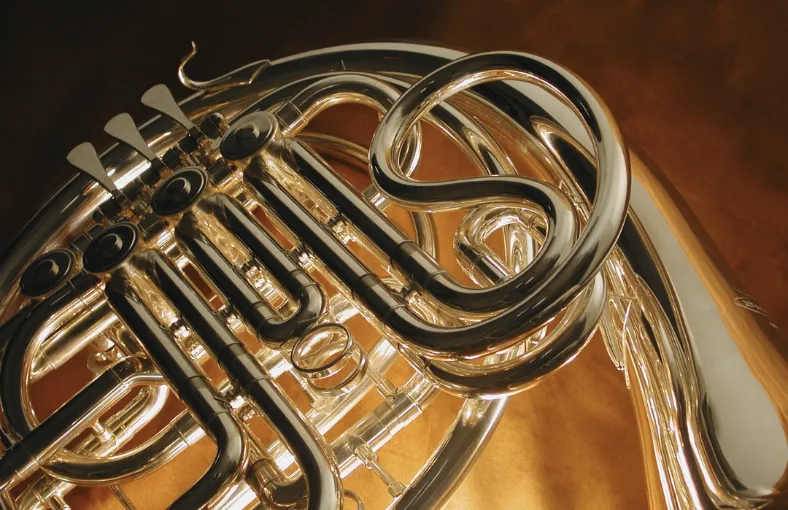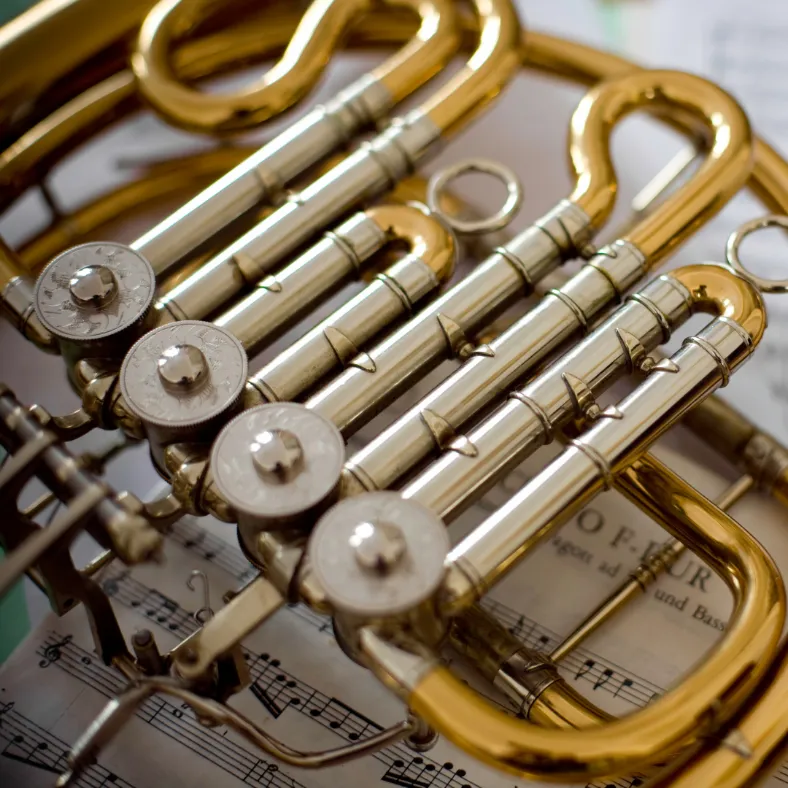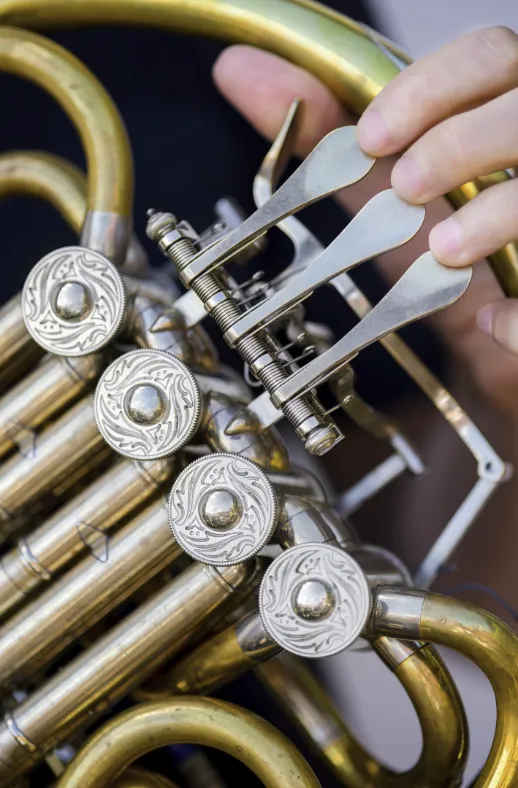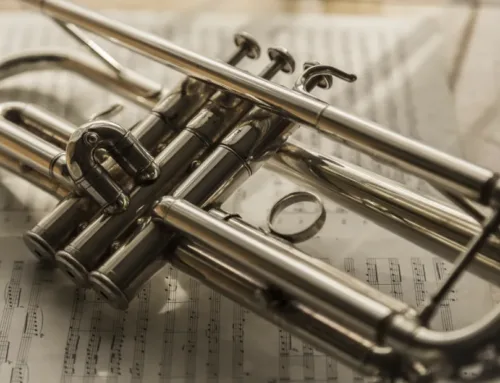Introducing your child to the joys of playing music is an exciting milestone. If they’ve expressed interest in the French horn, you’ll want to choose an instrument that sets them up for success. In this comprehensive guide, we’ll walk you through the key factors to consider when selecting a beginner-friendly French horn, ensuring your child’s musical journey starts on a high note.
Single or Double French Horn: Which is Best for Beginners?
When shopping for a beginner French horn, you’ll need to decide between a single or double horn. Single horns, like the Yamaha YHR-314II Student French Horn (around $2,500), are the ideal choice for most beginners. They’re lighter, more compact, and easier to handle than double horns. Single horns also tend to be more affordable, a definite plus for families.
Double horns, while offering a wider range of notes and richer tone, can be overwhelming for young players due to their added complexity, weight, and size. They feature two sets of tubing – a high F side and low B-flat side – allowing for more versatility. However, it’s best to let your child master the basics on a single horn before considering an upgrade to a double horn.
Understanding Wrap Styles: Kruspe vs Geyer
French horns come in two main wrap styles: the Kruspe wrap and Geyer wrap. Kruspe wrap horns, also known as medium wrap horns, are the most popular choice for beginners. They boast a larger bell throat and more compact design, making them easier for young players to hold and control. The Kruspe wrap also produces a warmer, mellower tone – perfect for learning to blend with an ensemble.
On the flip side, Geyer wrap (or full wrap) horns have a smaller bell throat and elongated design. While they’re known for their bright, focused sound, Geyer wrap horns can be trickier for beginners to manage due to their size and weight. It’s best to start with a Kruspe wrap and graduate to a Geyer wrap as your child advances.
Maintaining Your Beginner’s French Horn
“Proper care and maintenance are essential for keeping any instrument in top shape, especially for beginners who are developing good habits,” says John Smith, a seasoned music educator. Regular maintenance extends the life of the instrument and helps your child respect their musical tools.
Key maintenance tasks include:
– Daily mouthpiece cleaning with warm water and a brush
– Weekly oiling of the valves to prevent sticking
– Lubricating slides with slide grease to ensure smooth movement
– Thoroughly washing the horn every few months to remove grime
When not playing, always store the French horn in its case to protect it from damage and dust. Avoid extreme temperatures or humidity, as these can affect the metal and hamper sound quality.
French Horn Cleaning Supplement
Conclusion: Making the Right Choice
Selecting the perfect French horn for your beginner is a critical decision that will shape their musical development. By weighing factors like single vs double horns, wrap styles, and maintenance needs, you’ll be able to choose an instrument that nurtures your child’s budding skills and fosters a lifelong love of music.
As you embark on this exciting journey together, remember that starting with a quality beginner horn is an investment in your child’s musical future. Explore more resources to support their growth.
Online platforms like Practicing Musician for comprehensive music education, and free lessons.
With the right French horn in hand, your child will be well-equipped to discover the joys and rewards of playing this magnificent instrument. Get ready to watch them flourish!










Leave A Comment
You must be logged in to post a comment.